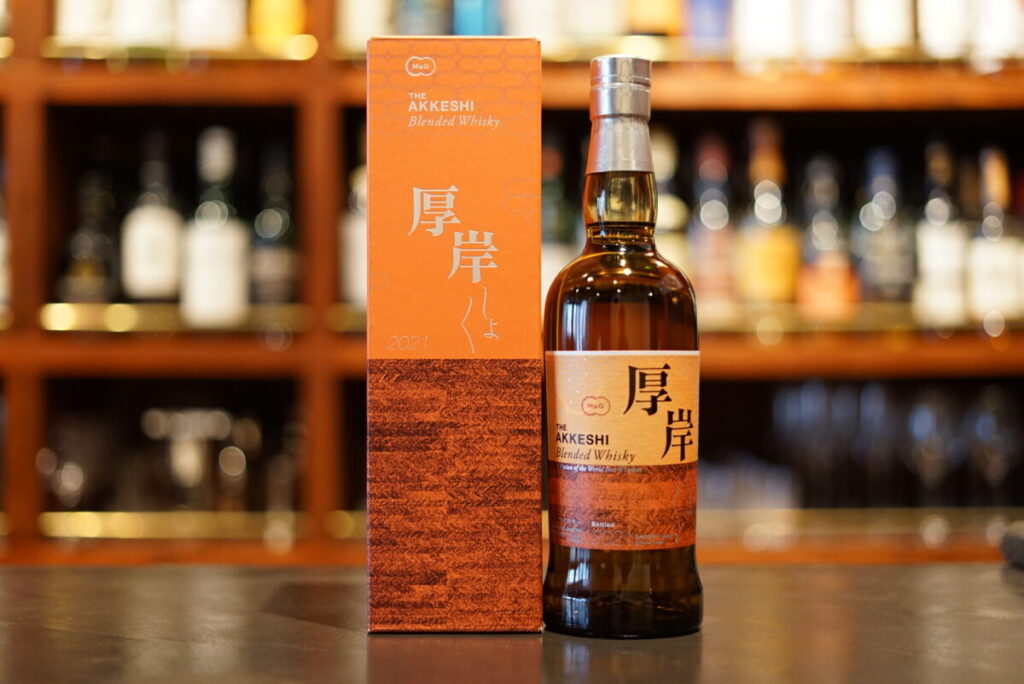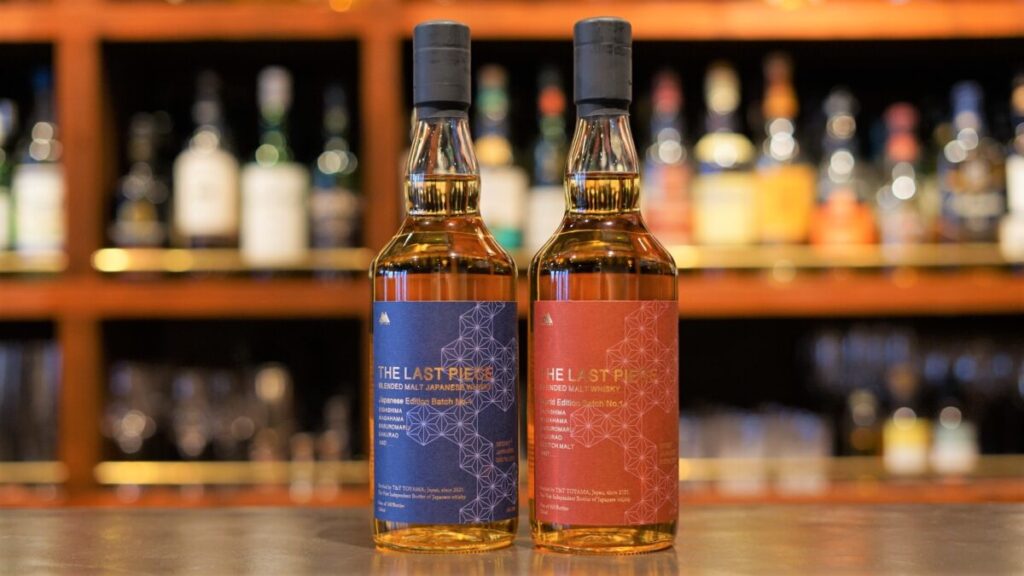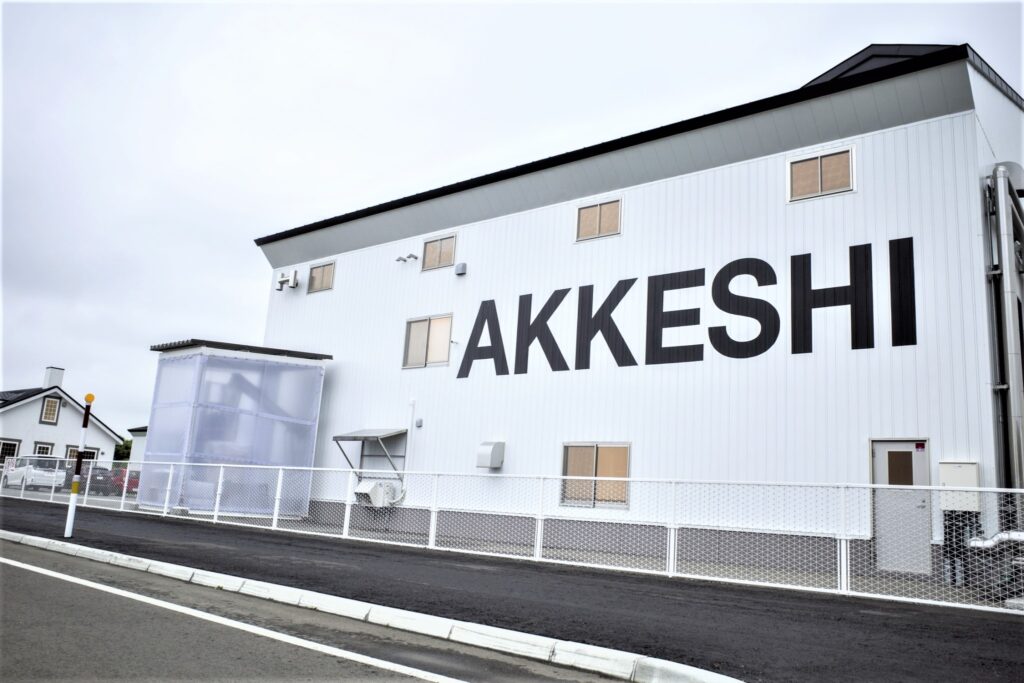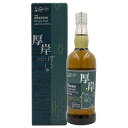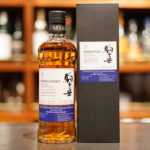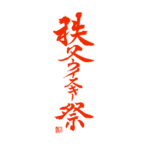On December 28, 2021, the Akkeshi Distillery in Akkeshi-cho, Hokkaido, obtained HACCP certification. This is the first time for a whisky distillery in Japan to achieve this certification.
1. What is HACCP?
HACCP is a term coined from the initial letters of “Hazard , Analysis, Critical, Control, Point” and is a food control method originally devised to ensure the safety of space food for the Apollo program.
Identification of Hazardous Factors
H Hazard
A Analysis
Control and record key processes to eliminate or reduce hazards
C Critical
C Control
P Point
In short, HACCP is a risk management system that divides the manufacturing process into smaller processes and controls the risk of each process.
This prevents problematic products from being shipped, and if a problem should occur, it is possible to clearly identify which process is at fault and take action.
HACCP has gradually spread throughout the world and is now an international method of sanitation management.
HACCP is a method of sanitation management in which food business operators themselves identify hazards such as foodborne bacterial contamination and contamination by foreign substances, and then control particularly important processes to eliminate or reduce those hazards in the entire process from receiving raw materials to shipping products, in order to ensure product safety.
This method was announced by the Codex Alimentarius Commission, a joint agency of the Food and Agriculture Organization of the United Nations (FAO) and the World Health Organization (WHO), and is internationally recognized and recommended for adoption by all countries.
Ministry of Health, Labour and Welfare Quote from.
2.Akkeshi Distillery
Akkeshi Distillery
| Location | 109-2, Miyazono 4-chome, Akkeshi-cho, Akkeshi-gun, Hokkaido 088-1124, Japan |
| Start of operation | October, 2016 |
2015 Started construction of distillery
2016 Started distilling in October
2017 Second aging warehouse completed
2018 February First product release as Akkeshi distillery. Third maturation warehouse completed.
2020 February First single malt whisky is released.
April: Completion of the 4th cellar.
October: First release of the 24 Season series.
Deep fog with tidal air, clear air, and abundant peat. Believing that the climate of Akkeshi in Hokkaido will create the unknown Japanese whisky flavor we seek, we started distilling in 2016.
As in the whisky making process on the island of Islay, water that has passed through peat layers is used as the brewing water, and the whisky is matured daily in Akkeshi, a cool, humid, and sea-breezy place.
The area around Akkeshi is rich in deposits of peat, which is essential for flavoring whisky, and the varied topography of the sea, mountains, and marshes allows for different flavors to be expected at each location where the peat is collected.
With a strong desire to “make whisky like Islay malt using traditional Scottish methods,” equipment was installed by Forsyth’s of Scotland. All construction was carried out by Forsyth’s craftsmen visiting Japan. The pot stills are straight-headed and onion-shaped, similar to those at some distilleries on Islay. Heating is by radiator system, the attached condenser is a shell-and-tube type, and the mash tun is a semi-reuter type.
The fermentation tank (washback) is stainless steel and the temperature is purposely not adjustable. The craftsman determines the timing of fermentation while letting nature take its course.
In addition to the two dunnage-type aging rooms, an innovative rack-type third aging room was completed in February 2018 right next to Akkeshi Bay, and a fourth rack-type room will be completed in April 2020 on a hilltop overlooking Akkeshi Bay. The scent of the sea in the air is expected to have a positive effect on the characteristics of the whisky.
In addition to bourbon and sherry, the aging casks used are hard-to-find Quercus serrata. In addition, we are challenging every possibility, such as matching with wine and rum casks.
In addition, barley, the raw material for whiskey, is grown in Akkeshi, and everything, including the peat and wooden casks used for aging, is produced in Akkeshi. In August 2021, a new initiative was started to experimentally distill the original whiskey distilled at the Akkeshi distillery. Maturing in Furano The new initiative is to test distill the original whiskey distilled at the Akkeshi distillery. What kind of changes will be brought about by the sake matured in Furano? This is exactly what terroir is all about, taking advantage of the great individuality of not only the local Akkeshi distillery, but also of “Hokkaido. The idea of “terroir,” which wine connoisseurs have probably heard a lot about, is incorporated into whiskey, and the fusion of “the character of Akkeshi” and “the character of Hokkaido” to create whiskey that makes use of the terroir of these lands is fascinating and the expectations are limitless.
Lake Akkeshi and Bessanbeef Marsh in the vicinity of Akkeshi Town are registered wetlands under the Ramsar Convention. The Ramsar Convention on Wetlands, adopted in Ramsar, Iran, on February 2, 1971, aims to conserve and make wise use of wetlands as habitats for waterfowl and other wildlife under international cooperation.
We, too, aim to be a distillery that protects and coexists with this rich natural environment.
The tap water used for whisky is taken from the Homakai River upstream of the Ohoro River, which runs near the distillery. The area surrounding the distillery is a marshland and a habitat for baikamo, a species said to live only in clear water. The small white flowers that bloom in summer are a symbol of the abundant water. This water nurtures the whiskey of Akkeshi.
Reference: Akkeshi Distillery official website
For more information about Akkeshi Distillery, please visit here.
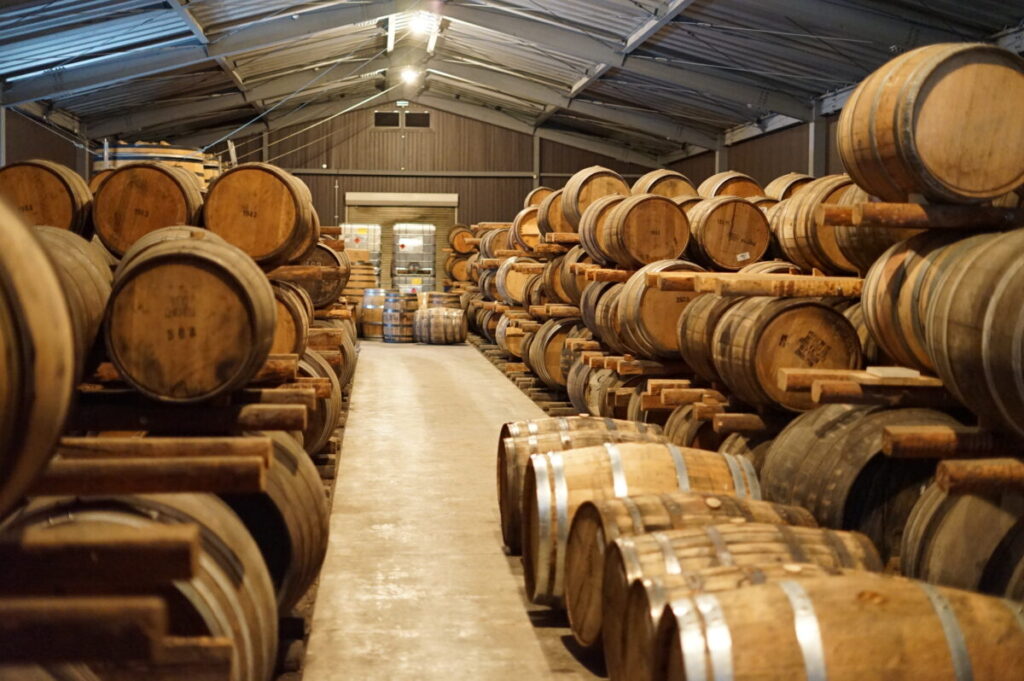
■Please also see other articles about “Akkeshi Distillery and Akkeshi Whisky”.
